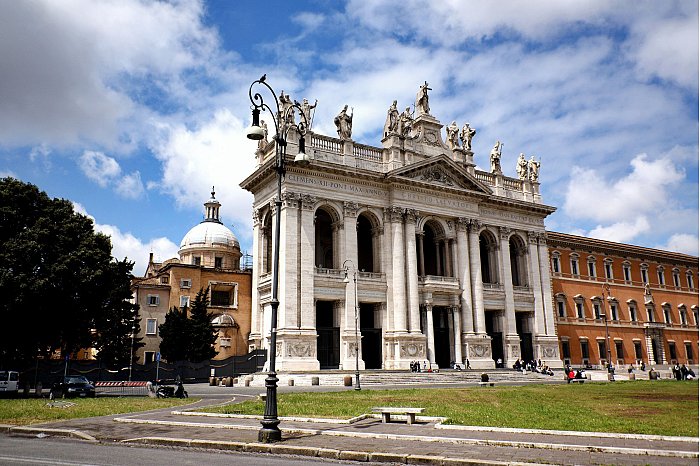Jubilee 2025 Christian Rome: Four Major Basilicas Tour
About this activity
-
English Italian Driver
Driver
-
7 hours Duration
Duration
-
Cancel up to 24 hours in advance for a full refund Free cancellation
Free cancellation
-
Keep your travel plans flexible — book your spot and pay nothing today. Reserve now & pay later
Reserve now & pay later
Your experience
We are happy to give you the chance to see the most important places of the Catholic Church in Rome, which are: • Saint John Lateran • The Holy Stairs • Saint Mary Major • Saint Paul Outside the Walls • St.
Peter’s Basilica (if open) Lunch will be at a typical Roman eatery.
This adventure can be improved with the choice of an Official Licensed Expert Tour Guide.
Pickup and drop-off services will be organized from your stay in Rome, making sure you have a worry-free and safe private tour experience, arranged only by: • Skilled English-speaking drivers • Chosen local licensed tour guides (when planned) • Cozy, fully covered air-conditioned cars for a pleasant trip.
To Remember
Know before you go
- Vans and their drivers will be at your complete disposal for the entire duration of the Tour and can take you and stop where Buses cannot go, very close to all attractions, you will walk definitely less and see more!
- Above 8 passengers please make multiple bookings and we will provide the service either with multiple Vans, according to our availability and local regulations. The multiple vehicles will make the tour together with the same stops. The Guests can switch as they prefer in the available vehicles.
- Modifiable or customizable Tour (if requested at booking time).
- Upgradable with Private Licensed Expert Tour Guide (if requested at booking time).
- A dress code is required to enter places of worship and selected museums. No shorts or sleeveless tops allowed.
- St Peter’s Basilica: on rare occasions could be closed or inaccessible or with a long line wait time to enter. It is over our control, so no refunds or discounts will be issued.






